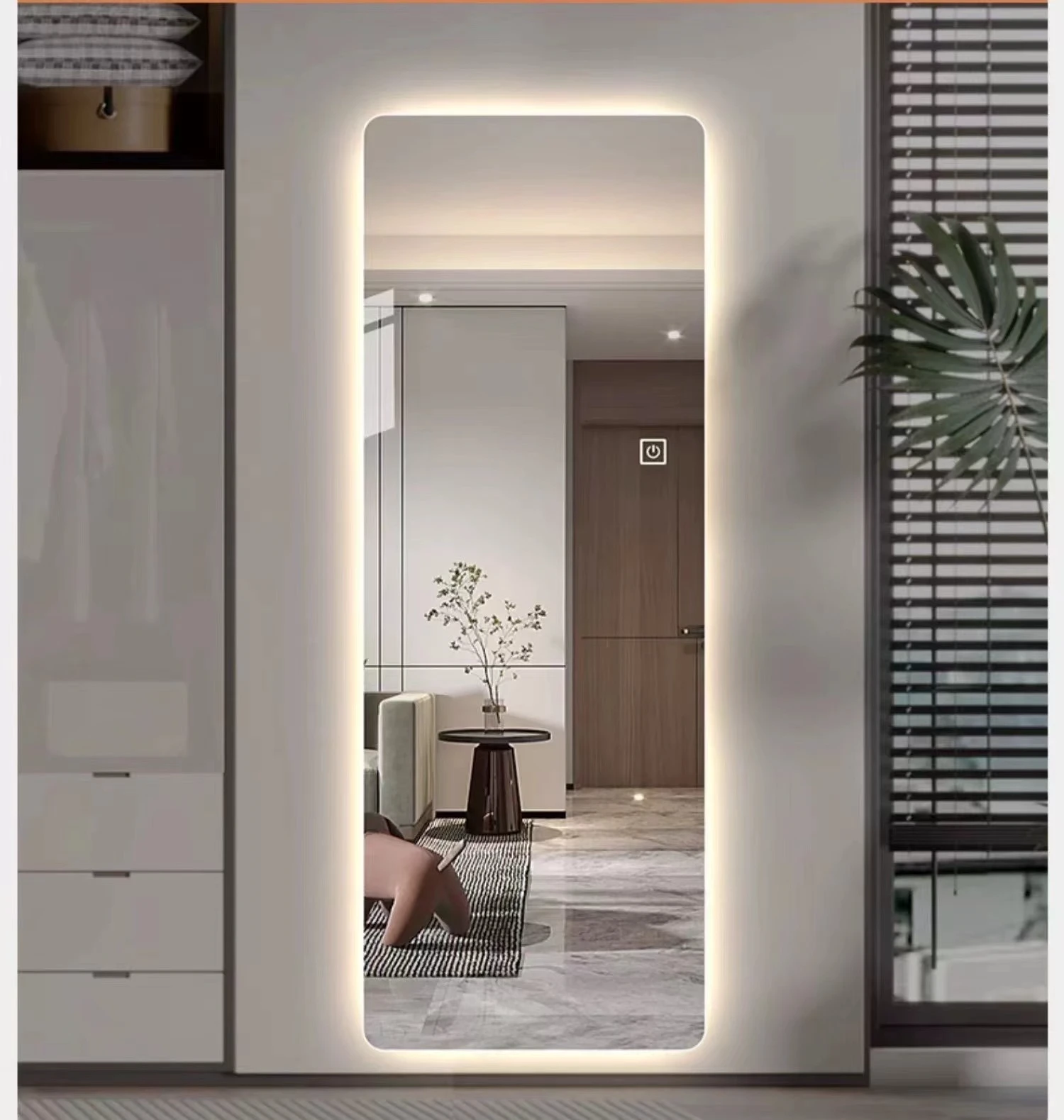

Understanding Low-E Glass Types A Comprehensive Guide
In the ever-evolving world of architectural design and energy efficiency, Low-Emissivity or Low-E glass has emerged as a pivotal component. This specialized glass type reflects heat and helps regulate indoor temperatures, making it a preferred choice for modern buildings. In this article, we will explore the various types of Low-E glass available, their features, benefits, and applications.
What is Low-E Glass?
Low-E glass is coated with a thin metallic layer that minimizes the amount of infrared and ultraviolet radiation that can pass through the glass without compromising visible light transmission. This feature makes it incredibly effective for energy conservation. Low-E glass can significantly lower heating and cooling costs, making it a smart choice for both residential and commercial buildings.
Types of Low-E Glass
There are primarily two types of Low-E glass passive and solar control Low-E glass. Each type serves specific needs and scenarios.
1. Passive Low-E Glass Passive Low-E glass is designed to maximize solar heat gain while minimizing heat loss. It is typically used in colder climates where retaining heat is essential. This type of glass allows sunlight to enter the interior spaces, facilitating natural heating during the winter months. The coating reflects interior warmth back into the room, effectively reducing the need for heating.
2. Solar Control Low-E Glass In contrast, solar control Low-E glass is engineered to reflect heat and ultraviolet rays from the sun. It is ideal for warmer climates where air conditioning is necessary. This type of glass reduces solar heat gain, which helps keep indoor spaces cooler while still allowing ample natural light to shine through. The reflective coating works to block excessive heat while still permitting visible light, making it suitable for commercial buildings, offices, or homes exposed to direct sunlight.
Benefits of Low-E Glass
Incorporating Low-E glass into buildings provides several advantages

- Energy Efficiency The primary benefit of Low-E glass is its ability to significantly reduce energy consumption, leading to lower utility bills. By maintaining a comfortable indoor temperature, it minimizes the workload on heating and cooling systems. - UV Protection Low-E glass can block up to 99% of harmful ultraviolet rays, which helps to protect furniture, flooring, and artwork from fading over time. - Enhanced Comfort By regulating temperature and minimizing drafts, Low-E glass contributes to a more comfortable indoor environment.
- Sustainability Utilizing Low-E glass aligns with sustainable building practices. Its energy-saving properties contribute to LEED certification and other green building standards.
Applications of Low-E Glass
Low-E glass is versatile and can be applied in various settings. It is commonly used in
- Residential Windows Homeowners are increasingly opting for Low-E windows to enhance energy efficiency and comfort in their living spaces.
- Commercial Buildings Large office buildings, shopping centers, and hotels utilize Low-E glass to maintain temperature control while providing a visually appealing exterior.
- Skylights and Curtain Walls Low-E glass is often employed in skylights and curtain walls, offering the benefits of natural light while controlling temperature and UV exposure.
Conclusion
Low-E glass has revolutionized the way we think about energy efficiency in buildings. By offering options tailored to different climates and needs, it provides a unique solution for enhancing comfort while minimizing energy costs. As the demand for sustainable and energy-efficient construction continues to rise, Low-E glass remains a critical component in building design and renovation. Understanding the various types of Low-E glass and their applications can help homeowners, architects, and builders make informed choices that benefit both the environment and their budgets.